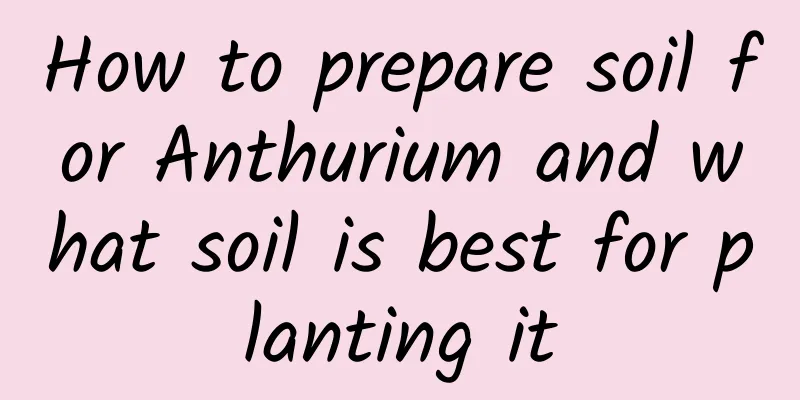Can the dug-out “loofah pulp” be used to grow flowers? Cut it into pieces and bury it in the soil to prevent the soil from hardening!

|
The fruits we grow at home include eggplants, tomatoes, cucumbers, and loofahs. I don’t know if you know that loofah is not only for eating, it has other benefits! Loofah can also be used to grow flowers! I guess everyone doesn’t know, let Huahua tell you about it! To be precise, it is not the loofah, but the loofah pulp. We dig out the loofah soil and dry it, and finally pick out the seeds. Then cut the dried loofah into small pieces and we can grow flowers! So what exactly does loofah sponge do? In fact, the function of loofah sponge is very simple. It cannot provide nutrients to plants like organic fertilizers and chemical fertilizers, nor can it promote the growth of plants and flowers. What it can do is actually very simple, which is to help improve the air permeability and looseness of the soil. Friends who have been raising a lot of flowers or have been raising flowers for a long time probably know that if we do not change the pots for a long time, the most direct result is soil compaction. Once the soil becomes compacted, it will affect the plant's absorption of water and nutrients, causing the plant to gradually become fragile and malnourished, and it is likely to die over time. In order to prevent the soil from becoming compacted, the loofah sponge comes into play. We put the dried loofah sponge under the flowerpot, which can make the soil loose and breathable. The loofah sponge comes into play at this time! In addition, you can also wrap the loofah pulp around the outside of the flowerpot, which also has a warming effect. You can try it in winter. You can also cut the loofah into pieces and bury it in the soil, which is also a good way to increase the looseness of the soil. In addition to preventing the soil from becoming compacted, loofah sponge can also be used to wash dishes, but this is something that only my grandmother's generation did. In fact, the method is very simple. Just cut the dried loofah into small pieces and use it to wash dishes, which is the same as the dishwashing sponge today. If you are interested, you can try using loofah to wash dishes, but if you are not interested, don't force yourself. But Huahua still has to say that loofah sponge is really good for growing flowers! You see, it turns out that we can still recall some of our childhood memories and details. It feels so good! I hope that the little trick of using loofah that Huahua told you today can help you! Say goodbye to the problem of soil compaction in which you grow flowers! |
Recommend
How to propagate hibiscus by cuttings? Illustration of hibiscus cuttings method
Hibiscus is a famous flower in China. It has larg...
How to behead white peony
Beheading Look at this white peony. Because it is...
Are orange trees afraid of frost?
1. Are you afraid of freezing? It is very cold-re...
What kind of pot is best for fragrant wood
What kind of pot is best for growing fragrant woo...
Can jasmine be exposed to the sun? Does it need sunlight?
Can jasmine be exposed to the sun? Jasmine can be...
How to care for newly bought pine red plum
1. Soil The soil requirements of pine red plum ar...
How to make geraniums overflow the pot and what to do if they grow too tall
1. How to make the pot explode 1. Adequate light:...
How to cultivate hanging bamboo plum to make it more vigorous
Growing conditions of hanging bamboo plum The han...
What should I do if the Buddha beads succulent is rotten? Does it like water?
1. Lower the temperature 1. Reason: Buddhist bead...
Can orchids be grown on coconut bricks?
Can orchids be grown in coconut bricks? Coconut b...
What are the benefits and consequences of watering flowers with red wine? The correct way to water flowers with red wine
Benefits of watering flowers with red wine Red wi...
What to do if the iron ball is watered too much
1. Solution 1. When you find that you have watere...
What fertilizer is best for fertilizing Schefflera? How many compound fertilizers should be added at a time?
Schefflera has relatively high requirements for f...
How to grow green vegetables
1. Land preparation First select a piece of land,...
How to prepare soil for Molan potted plants?
Suitable soil requirements for Molan potted plant...









